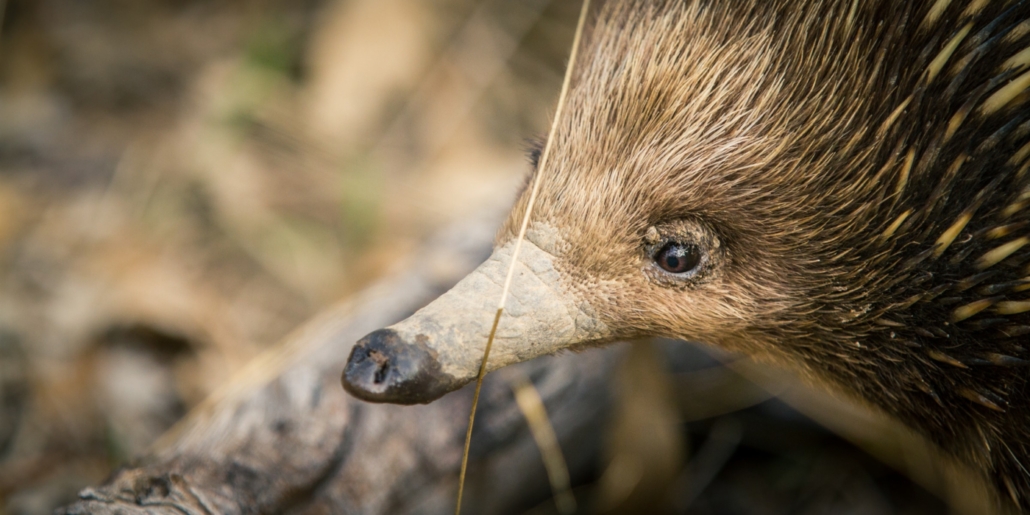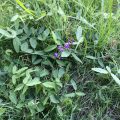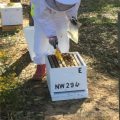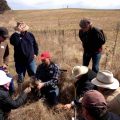Aussie Diggers Build Soil!
Published 1st July 2022. Written by Maddison O’Brien
Australia is home to many unique digging mammals such as wombats, echidnas, bandicoots, bilbies and bettongs. Scratching and digging, these animals search for food by turning over the soil or making burrows. A digging mammal can shift up to 3.6 tonnes of soil per kilogram of body mass in a year! These soil disturbances are an underestimated ingredient in creating a healthy landscape, creating better conditions for water infiltration, mixing organic matter, and stimulating fungi growth. The role of these mammals is so significant that ecologists have dubbed these mighty diggers “ecosystem engineers.”
Australia has the worst mammal extinction rate on the planet today, and too many of these iconic species are now extinct or heading that way. Mammal populations are undergoing this rapid change, and there is an urgent need to understand how these ecosystem engineers alter their environment and the ramifications of their disappearance. Scientists are beginning to understand more about just how crucial our native mammals are in nutrient cycling and widespread soil health.
These Aussie diggers create disturbances in the soil, burying organic matter and effectively making compost on a vast landscape scale. Their digs improve soil fertility and combat soil compaction and erosion. The scratches and burrows also provide habitat for insects and other animals and create the perfect conditions for seed germination.

Echidna foraging pits have twice the water infiltration of undisturbed soils and create the perfect conditions for seed germination.
There is growing evidence to suggest that digging mammals have a role to play in reducing the severity of wildfire by their role of enhancing soil moisture and reducing the amount of combustible material within the landscape. Rather than leaves and other plant matter accumulating on the soil surface and drying out, mammals dig it into the soil, which speeds up its decay. Research in 2016 showed there’s less ‘fuel’ on the ground surface when digging mammals are present. Without diggers, models show fire spread and flame height are increased.
Many symbiotic fungi rely on digging and fungus-eating animals to distribute their spores. It’s predicted that these fungi species will also decline without the help of the digging animals. Fungi act as a natural form of fertiliser and irrigation, extending plants’ root zones and allowing access to more nutrients and water.
It’s fascinating to stop and think about the interconnectedness of the landscape. Our native animals have important roles to play in creating and maintaining a thriving ecosystem, and it’s essential to value and look after them on our properties.








